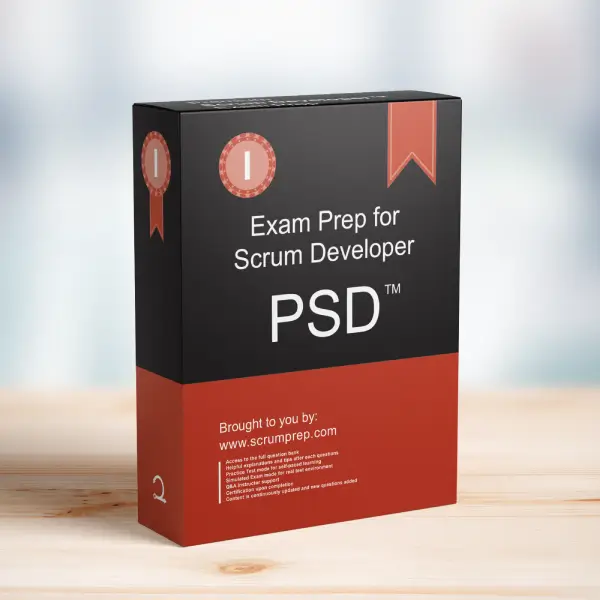Understanding Cross-Functional Teams in Scrum
Cross-functional teams are a key component of the Scrum framework, enabling teams to deliver a complete, usable Increment by the end of each Sprint. These teams are designed to have all the skills necessary to work across multiple components or layers of a system.
Exam Question
True or False: Cross-functional teams are optimized to work on one component or layer of a system only.
A. True
B. False
Correct Answer
B. False
Explanation
Correct Answer
B. False:
Cross-functional teams in Scrum are specifically designed to work on all aspects of a product, not just one component or layer. This means they have the skills required to deliver a potentially releasable Increment of the product by the end of each Sprint. A cross-functional team includes all the necessary roles and expertise, such as developers, testers, designers, and others, enabling them to handle every aspect of product development from start to finish.
Why the Other Option Is Incorrect
A. True:
This statement is incorrect because it contradicts the very definition of a cross-functional team. Such teams are not limited to working on a single component or layer but are instead capable of addressing various facets of product development, ensuring that the team can deliver complete functionality that meets the Definition of Done.
Relevance to the PSD Exam
Understanding the structure and purpose of cross-functional teams is crucial for the PSD exam, as it highlights the importance of having a team capable of working on all parts of a product, ensuring that they can deliver fully integrated and potentially shippable increments at the end of each Sprint.
Key Takeaways
- Cross-functional Teams: These teams have all the skills needed to work across multiple components or layers, ensuring that they can deliver a complete product Increment.
- Broad Skill Set: Cross-functional teams are not optimized to work on just one aspect of a product; they have the capability to handle various tasks, from development to testing and deployment.
Conclusion
Cross-functional teams are a cornerstone of effective Scrum practices, enabling teams to deliver complete, usable product increments by the end of each Sprint. These teams are designed to work across all components and layers of a system, ensuring a holistic approach to product development. For more information on preparing for the PSD exam, visit our Professional Scrum Developer PSD™ Exam Prep.



